 | William Smellie - 1790 - 576 pages
...difpofed in fuch a manner as as to occupy in the hive the leaft poffible fpace. Every part of thi» problem is completely executed by the bees. By applying hexagonal cells to each other's fides, no void fpaces are left between them ; and, though the fame end might be accomplifhed... | |
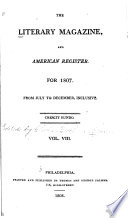 | 1808 - 356 pages
...combs, bees seem to resolve a problem which would be not a little puzzling to some geometers, namely, A quantity of wax being given, to make of it equal and...capacity, but of the largest size in proportion to the qua: tity of matter employed, and disposed in such a manner as to occupy in the hive the least possible... | |
 | United States. Congress. House - 586 pages
...geometricians, namely : A quantity of wax being given to form of it similar and equal ceUs of a determinate capacity, but of the largest size in proportion to...least possible space. Every part of this problem is practically solved by bees. If their cells had been cylindrical, which form seems best adapted to the... | |
 | Richard Lobb - 1817 - 430 pages
...combs, bees seem to resolve a problem which would not be a little puzzling to some geometers ; namely, a quantity of wax being given, to make of it equal and,...executed by the bees. By applying hexagonal cells to each other's sides, no void spaces are left between them; and, though the same end might be accomplished... | |
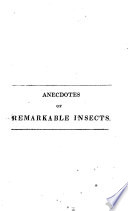 | Joseph Taylor - 1817 - 266 pages
...seems to resolve a problem which would not be a little puzzling to some geometricians, namely, " A quantity of wax being given to make of it equal and...manner as to occupy in the hive the least possible space.1' Every part of this problem is completely executed by the Bees. By applying hexagonal cells... | |
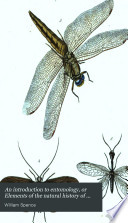 | William Kirby, William Spence - 1818 - 568 pages
...geometers, namely, a quantity of wax being given, to form of it similar and equal cells of a determinate capacity, but of the largest size in proportion to...least possible space. Every part of this problem is practically solved by bees. If their cells had been cylindrical, which form seems best adapted to the... | |
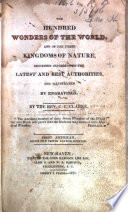 | Sir Richard Phillips - 1821 - 788 pages
...combs, bees seem to have resolved a problem which would perplex geometers not a little ; name.y, a quantity of wax being given, to make of it equal and...executed by the bees. By applying hexagonal cells to each other's sides, not any void spaces are left between them ; and, although the same end might be accomplished... | |
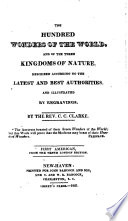 | Sir Richard Phillips - 1821 - 768 pages
...their combs, bees seem to have resolved a problem which would perplex geometers not a little; namely, a quantity of wax being given, to make of it equal and...matter employed, and disposed in such a manner as to occupyin the hive the least possible space. Every part of this problem is completely executed by the... | |
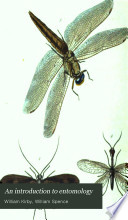 | William Kirby, William Spence - 1822 - 618 pages
...geometers, namely, a quantity of wax being given, to form of it similar and equal cells of a determinate capacity, but of the largest size in proportion to...least possible space. Every part of this problem is practically solved by bees. If their cells had been cylindrical, which form seems best adapted to the... | |
 | William Bingley - 1829 - 380 pages
...insects seem to resolve a problem which would not be a little puzzling to some geometricians, namely: " A quantity of wax being given, to make of it equal and...executed by the Bees. By applying hexagonal cells to the sides of each other, no void spaces are left between them ; and, though the same end may be accomplished... | |
| |